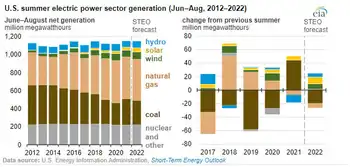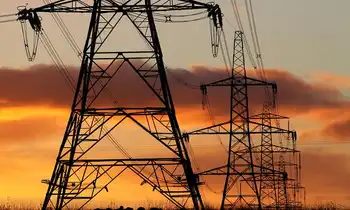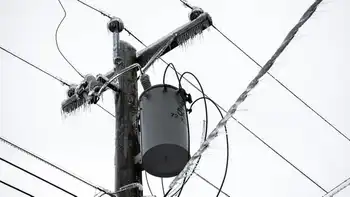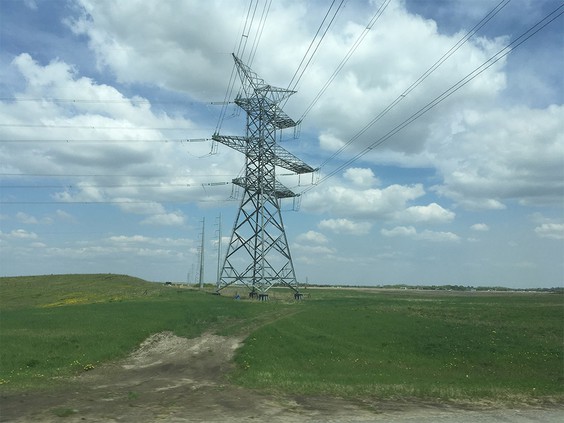New York proposes limits on power plant emissions
NEW YORK - To further Gov. George Pataki's regional effort to reduce pollution that causes global warming, New York released a preliminary draft of rules to regulate carbon dioxide emitted by power plants.
The Regional Greenhouse Gas Initiative in New York would set up a market-based, cap-and-trade program to reduce carbon dioxide emissions from power lants in New York and other Northeastern states. Each state that agreed to join the program will set its own rules.
Scientists warn that carbon dioxide is the principal greenhouse gas that is already causing New York's climate to warm and which has the potential to cause significant environmental, public health, and economic impacts.
Other states that have agreed to take part in the program include Connecticut, Delaware, New Hampshire, New Jersey, Maine, and Vermont. Maryland is expected to join in 2007 and California also recently announced its intent to work with Northeastern states to reduce greenhouse gas emissions.
The proposal would begin taking effect in 2009, with emissions of carbon dioxide from power plants in the region being capped at current levels of approximately 121 million tons annually. After 2015, participating states would then begin reducing emissions incrementally over a four-year period to achieve a 10 percent reduction by 2019. Compared to the emissions increases New York and other participating States would see from the sector without the program, RGGI will result in an approximately 35 percent reduction by 2020.
Under the cap-and-trade program, New York will issue one allowance, or permit, for each ton of CO2 emissions allowed by the cap. Each plant will be required to have enough allowances to cover its reported emissions. The plants may buy or sell allowances, but an individual plant's emissions cannot exceed the amount of allowances it possesses.
Under its proposal, New York would auction all emissions allowances, which would be sold on the open market. The proceeds of the sale would support energy efficiency and clean energy technology investments.
The Independent Power Producers of New York "expressed strong objections" to the proposal. The group represents most power plant companies operating in New York.
According to the New York State Energy Research and Development Authority, in 2004, electricity generators accounted for less than a quarter of greenhouse gas emissions, yet DECÂ’s pre-proposal only targets generators, ignoring emissions contributed by other sectors, the industry group said.
The group took particular exception to the planned auction of pollution credits, which it called a risky experiment that "is guaranteed to unnecessarily drive up production costs and raise consumersÂ’ electric costs."
It said the program could force some plants to shut down, at a time when experts forecast a steep rise in energy demand, particularly in southeastern New York.
Related News

EIA expects solar and wind to be larger sources of U.S. electricity generation this summer
WASHINGTON - In our Summer Electricity Outlook, a supplement to our May 2022 Short-Term Energy Outlook, we expect the largest increases in U.S. electric power sector generation this summer will come from renewable energy sources. These increases are the result of new capacity additions. We forecast utility-scale solar generation between June and August 2022 will grow by 10 million megawatthours (MWh) compared with the same period last summer, and wind generation will grow by 8 million MWh. Forecast generation from coal and natural gas declines by 26 million MWh this summer, although natural gas generation could increase in some electricity…




